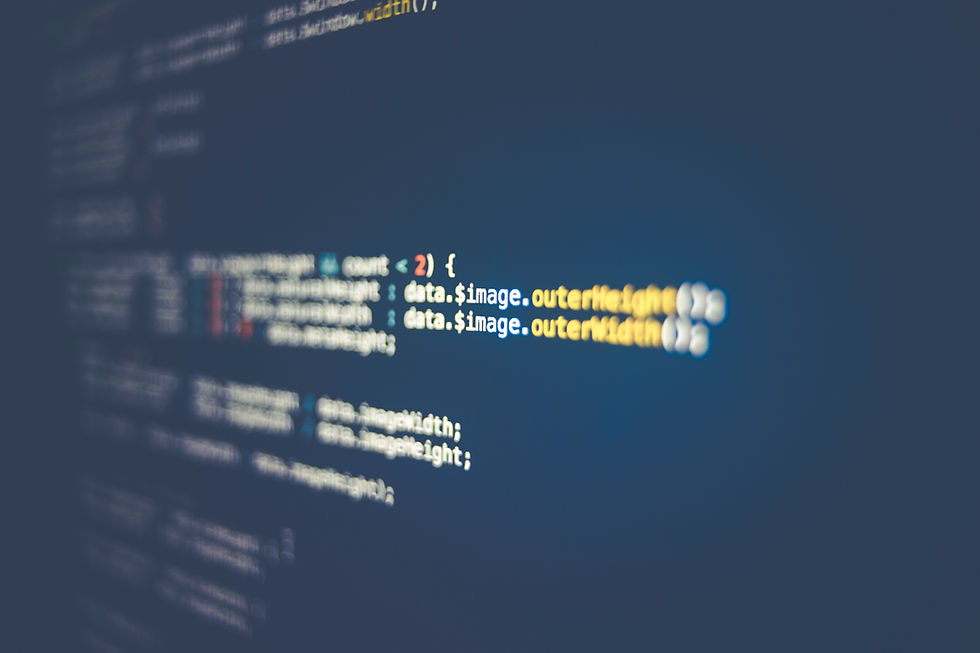The AI Shift
- By Alexander Batenhorst

- Oct 24, 2023
- 3 min read
• Tech • SDK

Introduction
Looking back at the late '90s, I remember when computer networking was just starting out. I built my first network with two separate ethernet cables connected to a hub, allowing two computers to share a connection to the Internet. At that time, connecting multiple computers in a house was a big challenge. It would be years before routers and WiFi, which we use so easily today, became common. I recall using a big grey box with slots for four ethernet cables. In the center was a red light, and on the sides were two green lights.
These green lights showed active connections, while the red one lit up when data packets bumped into each other—inefficiency. Before we had routers, we used hubs. But there was a downside. Every time you added a computer to the hub, the speed was cut in half. It wasn't efficient, but that's how early technology often is. Today's AI might be like those old hubs. In a few years, we might look back and see how much we've improved, just like we did with computer networking.
Historical Context
The inception of artificial intelligence traces back to the 1950s. It was a period marked by foundational theories, early algorithms, and the pioneering spirit of AI researchers. Fast forward to the 90s, and the AI landscape started shifting with the popularization of machine learning techniques and the growth of computational power.
In our present era, tools and models like GPT-3 and GPT-4 represent the culmination of decades of research, refined algorithms, and vast data access. Their capabilities are a testament to the continuous innovation in the field. The current trajectory of AI's development suggests an exciting future. Considering its rapid evolution, we can only speculate about the transformative potential AI holds for our society in the coming years.
Ethics in AI: What We Need to Know
With all the cool things AI can do, there are challenges too. One big topic is ethics. When we use AI, we need to think about fairness, safety, and privacy (and copyrighting). For instance, if an AI system makes a decision, how do we know it's a fair one? These are questions experts are looking into. But AI has progressed to the point where, if you opt to use Microsoft's AI service, you will have the benefit of legal protection from their team in case of copyright infringement lawsuits.
Another concern is data. AI learns from data, and sometimes that data can have mistakes or biases. This means AI might also pick up those biases. As more people use and rely on AI, it's super important to ensure AI behaves in ways that are good for everyone. Lastly, as AI becomes a regular part of our world, it will impact jobs, daily life, and more. It's crucial to think about and plan for these changes. Whether it's training people for new jobs or setting up rules for how AI should work, preparing now will make the future smoother for everyone.
Conclusion
From basic computer networking to cutting-edge AI, our tech journey showcases human creativity at its best. As we marvel at AI's potential, we must also consider its ethical challenges. The Omaha Azure meetup highlighted AI's promise, but it's a reminder that we all play a part in shaping its future. As we move forward, thoughtful engagement and planning are key. It's not just about innovation; it's about ensuring a positive legacy for tomorrow.
And I want to be completely transparent: I can confirm that I utilized AI in crafting this blog post.
Sources:
Gajre, S. (2023). Presentation at the Omaha Azure Group, October 18.
Gujral, V. (2023). Azure OpenAI Service. Presentation at the Heartland Developer's Conference, October
24.





Comments